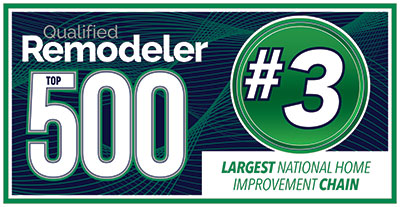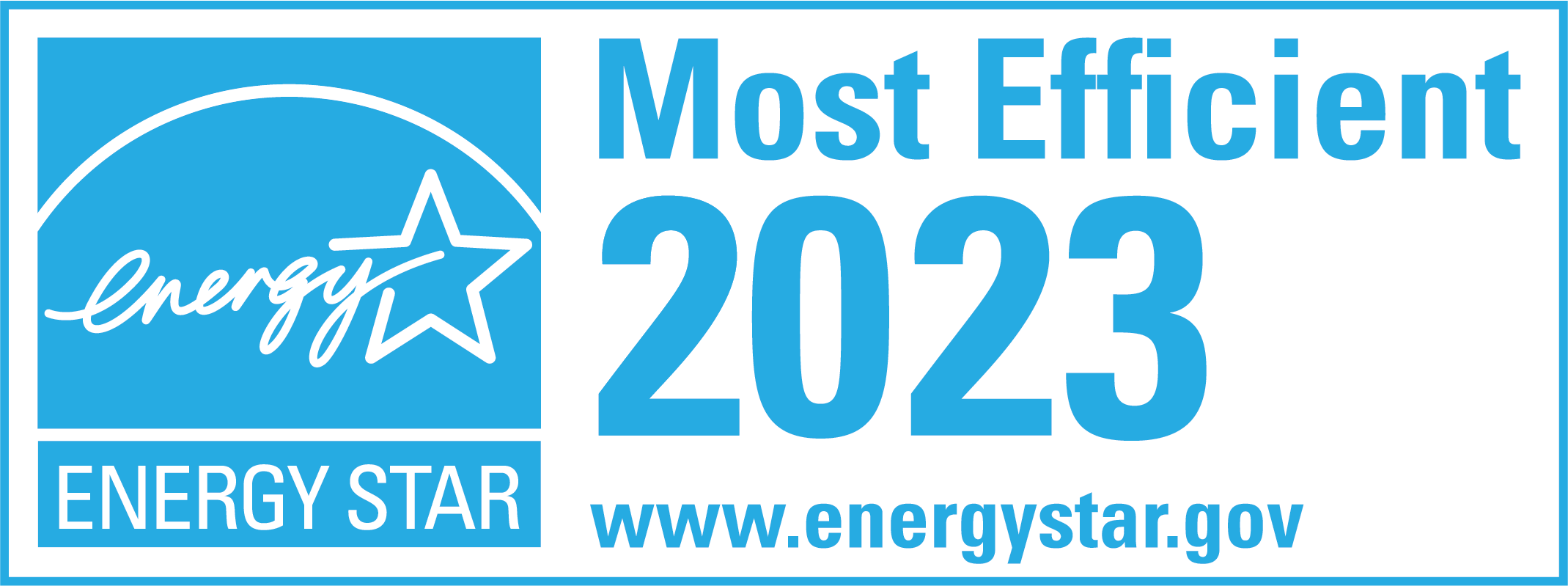Guide to Energy-Efficient Windows
Are you looking for ways to reduce energy costs while helping the environment? Installing energy-efficient windows in your home may be the solution. They will allow you to enjoy natural light and beautiful views and help decrease heating and cooling expenses while increasing comfort during extreme weather conditions. Our article on energy-efficient windows will discuss common questions and other tips to improve your home’s efficiency. Keep reading to learn more about this worthwhile investment.
This article covers the following topics:
- What are energy-efficient windows?
- Why are they important?
- How to tell if you have efficient windows
- What is the most efficient window by material?
- Types of efficient windows
- Other ways to improve your home’s efficiency
- Further energy efficiency resources
What are energy-efficient windows?
Energy-efficient windows are designed to reduce heat loss in the winter and heat gain in the summer, which can help lower energy bills and make your home more comfortable. They are typically made with special glass coatings, such as Low-E coatings, that reflect heat and UV rays and with multiple panes of glass that create an insulating barrier. They are also often filled with argon or krypton gas to improve insulation.
Why are energy-efficient windows important?
Energy-efficient windows are important because they can help reduce energy consumption and costs and improve your home’s comfort. By reducing the amount of heat loss in the winter and heat gain in the summer, they can also help lower the strain on heating and cooling systems, improving their efficiency and lifespan. Additionally, reducing the UV rays entering a home can help protect furniture and flooring from fading.
How to tell if you have efficient windows.
There are a few ways to determine if your windows are energy efficient:
Look for certifications: Many energy-efficient windows will have certifications from organizations such as Energy Star or the National Fenestration Rating Council (NFRC). These certifications indicate that the windows have been independently tested and meet specific standards for energy efficiency.
- Check the U-factor: The U-factor measures a window’s ability to prevent heat loss. The lower the U-factor, the more energy-efficient the window is.
- Look for Low-E coatings: Low-E coatings are invisible coatings applied to the surface of the glass that reflect heat and UV rays. They are a crucial factor in increasing the energy efficiency of the windows.
- Check the number of panes: Double-pane or triple-pane windows provide better insulation than single-pane windows.
- Check the type of gas: Some energy-efficient windows are filled with argon or krypton gas between the panes, which can improve insulation.
- Consult the manufacturer: If you need more clarification about the specifications of your windows, you can contact the manufacturer for more information about the energy efficiency of their products.
It’s worth noting that even if your windows are not considered energy efficient by today’s standards, it doesn’t mean you can’t make them more efficient by adding window film or treatments, weatherstripping, and using window coverings to help with insulation.
What is the most efficient window material?
The most energy-efficient window material is typically a combination of the frame material and the type of glass used.
- Fiberglass frames: Fiberglass frames are known for their excellent insulation properties and durability. They are also resistant to warping and rotting, which makes them a good option for energy-efficient windows.
- Vinyl frames are also known for their insulation properties and are a cost-effective option. They are also low maintenance and resistant to fading, warping, and rotting.
- Wood frames: Wood frames are a traditional window option, but they can be energy efficient if well-insulated and well-sealed. They are also good insulators and can be painted or stained to match the home’s aesthetic.
- Aluminum frames: Aluminum frames are less energy efficient than other materials because metal is a good conductor of heat and cold. However, some manufacturers are now offering thermal breaks to improve the insulation properties of aluminum frames.
In terms of glass, the most energy-efficient windows will typically have multiple panes filled with argon or krypton gas and Low-E coatings that reflect heat and UV rays. Tempered and laminated glass don’t typically impact efficiency, but they may improve sound control.
It’s worth noting that every window material is the most energy efficient and that the best option will depend on the specific needs and characteristics of the home, the climate, and the budget. Consult a professional to determine the most appropriate windows for a specific home.
Types of efficient window types.
The most energy-efficient window type will depend on the specific needs and characteristics of the home and the climate. However, some window types are generally more energy efficient than others.
- Double-hung windows: Double-hung windows are a popular and energy-efficient style. They have two sashes that can be opened and closed, allowing better ventilation and temperature control.
- Casement windows: Casement windows are also an energy-efficient option. They have a crank mechanism that allows them to open outward, creating a tight seal when closed and improving insulation.
- Awning windows: Awning windows are hinged at the top and open outward. They are a good option for ventilation and temperature control and can be installed in combination with other styles of windows.
- Sliding windows: Sliding windows are another energy-efficient option. They have one or more sashes that slide horizontally, which allows for better ventilation and temperature control.
- Fixed windows: Fixed windows are energy efficient because they don’t open, which means they have no drafts. They can be combined with other window styles to provide additional light and views to the home.
When choosing a window style, it’s essential to consider a home’s specific needs and characteristics and the climate. Factors such as orientation, shading, and ventilation needs will also play a role in determining the most energy-efficient window style for a particular home.3
Other ways to increase your home’s efficiency.
There are many ways to make a home more energy efficient, and the best approach will depend on the specific needs and characteristics of the home. However, some familiar and effective strategies include:
- Insulation: Adding or upgrading insulation in the attic, walls, and floors can help to reduce heat loss in the winter and heat gain in the summer, which can lower energy bills and improve comfort.
- Windows: Installing energy-efficient windows can help reduce heat loss and gain and lower UV rays that can damage furniture and flooring.
- Lighting: Replacing incandescent bulbs with energy-efficient alternatives like LED or CFL can significantly reduce energy consumption and costs.
- Heating and cooling systems: Upgrading to a more energy-efficient heating and cooling system can lower energy bills and improve comfort.
- Air sealing: Sealing gaps and cracks in the building envelope can prevent drafts, reduce infiltration of outside air, and improve the efficiency of heating and cooling systems.
- Water heating: Installing a more efficient water heater can reduce energy consumption and costs.
- Solar panels: Installing solar panels can reduce energy costs by generating electricity from the sun. It’s also a green energy source.
- Smart home devices: Smart thermostats, plugs, and other devices can help you monitor and control your energy usage and set routines and schedules.
It’s essential to remember that only some of these strategies will be appropriate for some homes. A home energy assessment may be necessary to determine which strategies will be most effective in a particular situation.
Further energy efficiency resources
- DOE Guide to Insulation and DOE Guide to Air Sealing
- Energy Star Rebate Locator
- Energy Star Windows
- Energy Windows Collaborative
- EPA Renovation, Repair, and Painting
- National Fenestration Rating Council
In summary
Energy-efficient windows can make a massive difference in your comfort and energy costs. If you’re replacing or installing new windows in the DFW area, there couldn’t be a better time than now. With Window Depot of Dallas on your side, your windows will be installed correctly with the best materials for a lasting investment in your home’s comfort.
Wave goodbye to high bills when you wave hello to more efficient windows! With many options available, it’s easy to customize windows that suit your needs at a fair price. So, if you live in the Dallas/Fort Worth area and are looking for an expert opinion on window replacements, give our team at Window Depot of Dallas a call today! We would love to help you choose the right windows that fit your budget and design dreams.






